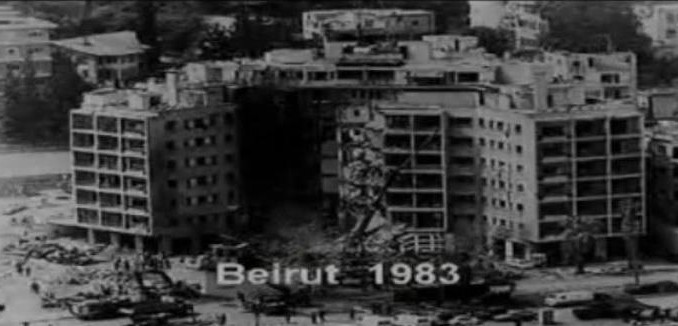Last Wednesday, Hoover Institute fellow Fouad Ajami criticized how some diplomats and journalists have “… isolated the nuclear issue from the broader context of Iran’s behavior in the region.” On the same day Washington Institute fellow Matthew Levitt described three decades of Iranian terrorism, including terrorism targeting American overseas and on U.S. soil.
For his part Iranian President Hassan Rouhani has explicitly vowed to deepen Iran’s commitment to its Lebanese terror proxy Hezbollah. His cabinet choices align well with that commitment. The sitting defense minister, Brig. Gen. Hossein Dehghan, was directing what would become Hezbollah on behalf of Tehran when the U.S. Marine barracks in Lebanon were attacked.
Col. Tim Geraghty, who commanded the peacekeeping force that was targeted, notes that in this respect there’s a direct line between Rouhani’s defense pick and the ones of his predecessor Ahmadinejad:
That includes current leadership in Tehran. Retired Col. Tim Geraghty, who commanded the international peacekeeping mission and the 24th Marine Amphibious Unit that lost 220 Marines that day, said Brig. Gen. Hossein Dehghan, the new Iranian defense minister, is the former Iranian Revolutionary Guard commander who helped oversee the attack.
Geraghty spoke at a remembrance ceremony at Camp Lejeune in Jacksonville, N.C., on Wednesday. “The past three Iranian ministers of defense, including the current one selected a few months ago, all have peacekeepers’ blood on their hands and are leading the Iranian lockstep march for the acquisition of nuclear weapons,” Geraghty said.
Dehghan’s immediate predecessor was Ahmad Vahidi, who is a top official in the IRGC’s foreign terrorism-oriented Quds Force. He is also wanted by Interpol for links to the 1994 AMIA bombing in Argentina. Vahidi’s predecessor Mostafa Mohammad-Najjar was a top IRGC figure operating in Lebanon during the 1983 account.
[Photo: swflprof / YouTube]




